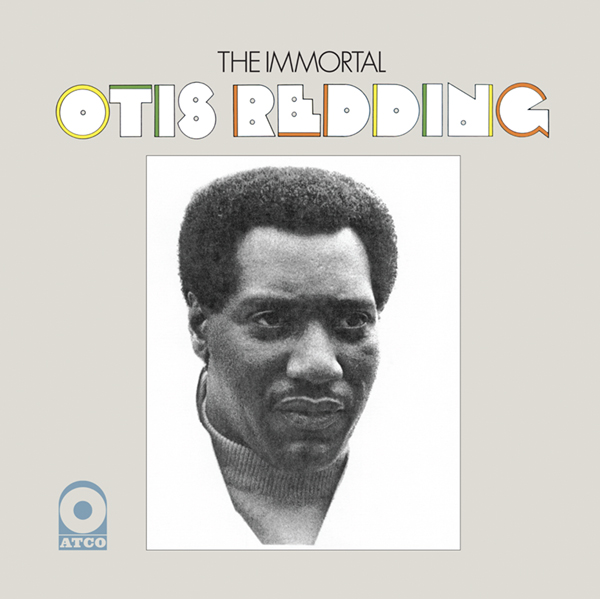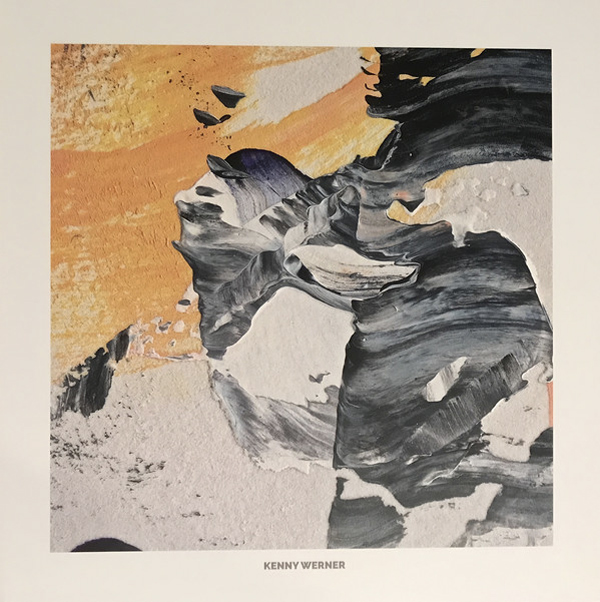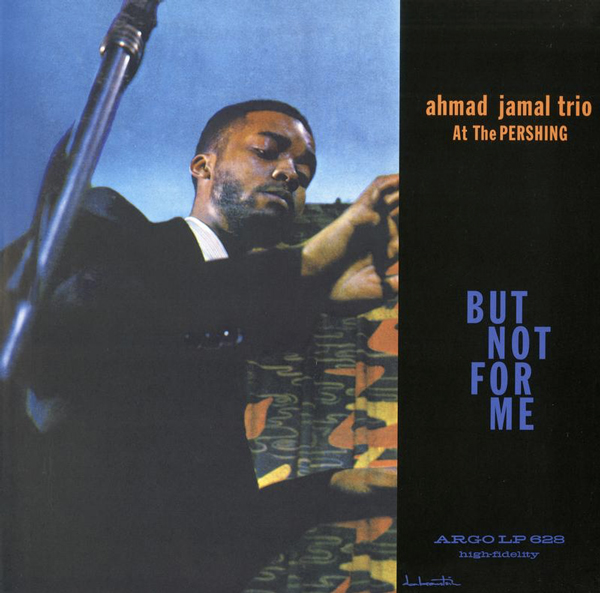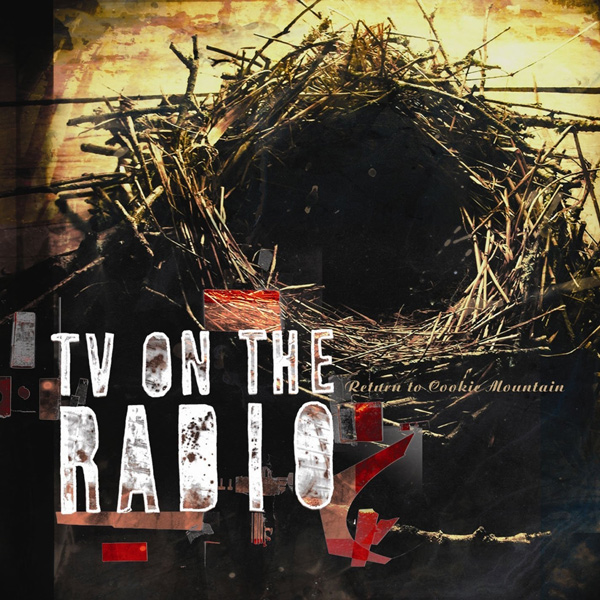
We’ve been exploring titles from the Vinyl Me, Please catalog for the last couple of months, and we’ll continue with that theme now. Perhaps for the foreseeable future. Discovering their Classics club has provided me with a monthly event to look forward to, and that’s no small feat at a time like this. But the real accomplishment is in the consistent production of superior vinyl products, something that must be much more difficult than most of us would suspect. I’d gone to the aftermarket for Vinyl Me’s take on Call Me by Al Green. It sold out at the VMP storefront before I discovered it. I wasn’t going to make the same mistake twice. When I saw The Immortal Otis Redding on the docket, I joined the club immediately. Best decision I’ve made since I passed on buying that Fabergé egg just before the crash.
Redding wrote or co-wrote eight of the eleven songs on Immortal. That jumped out at me right away, and I’m not sure why. I just don’t think of the Old Soul Singers as writers, I guess. I think of them as interpreters. These recordings were made during a white-hot stream of sessions that Redding commanded shortly before his passing. At the age of 26. I couldn’t find my way home from the bar at that age, but Redding was churning out classics at a constant rate, and this record is proof. It’s revelatory. Coming in, I was familiar with “I’ve Got Dreams to Remember,” which was written around a letter that Redding received from his wife, who gets a co-writer’s nod as a result, “Hard To Handle,” and “The Happy Song.” But there’s not a weak song on the record, and the most revered are not necessarily the most dazzling. “Nobody’s Fault But Mine” and “Amen” are, at least to my ears. They both lean heavily on the Gospel tradition. That’s my bag, your usage may vary. But if you can’t find something to light your fire on this one, you’re probably fireproof. Fix that.
The mastering on this release is superb. The bass is especially present, but not overwhelming. The horns shine with great detail, as does Redding’s voice. You can hear all the grit in his pipes. It seems like you’d hear Redding inhaling deeply in order to generate the vocal power that’s such a large part of his legend, but the notes just appear out of the quiet as if Redding himself were almost incidental. Like the immortal sound is being liberated from the confines of a lowly human’s body. Like the sounds and Redding, arrived fully formed in this world. With great urgency. He gets the dirtiest, most sanctified tones on the album. Steve Cropper’s production puts very little between the listener and the performers. That’s never more obvious than when the backup singers first appear. The effect is startling, almost shocking.
And this is the mono version! That info is not in the promo materials. It’s like asking for a basketball goal at Christmas so you can practice in the driveway, but your parents build you a full indoor court instead. With a PA announcer. Immortal was pressed at QRP, and they nailed it. It’s a AAA release, and amongst the finest sounding records in my collection. The next step in this exploration is to figure out whether or not the older VMP titles outside of their Classics collection can measure up. I know just how we’ll do it. Stay tuned.

Newvelle Records is a subscription-based record club that focuses exclusively on new Jazz recordings. The following quote was taken directly from their website: “We set out to build a series of records, of all new music, that cut no corners sonically or artistically. Each year Newvelle records and releases 6 records, exclusively on Vinyl and with curated artwork and literature.” And this, also from their site, is what Marc Urselli (credited for recording and mixing) has to say about their studio process: “The medium of the recording is Pro Tools HDX with the latest HDX converters, and we never record less than 24bit 88.2kHz. For mixdown, I use uniquely the analog console, which is fully automated and digitally recallable so that we have the best of both worlds available: analog sound and digital automation and recall… The mastering is helmed by Alex DeTurk of Masterdisk in New York, who takes my high resolution 24bit 88.2kHz mixes and runs them through his signal chain to cut the lacquer for the pressing plant.”
Clearly, my (analog) antenna went up when I saw “Pro Tools” and words like “bits” and “high-resolution mixes.” We are clearly not in the AAA realm here, but I’m not so dyed in the wool that I’ll outright dismiss a record for having some digits in the manufacturing chain. I’d prefer an all-analog production. Obviously, knowing what I know about their production process, I’d never have bought a full Newvelle season for $400 without getting to sample the goods first. Luckily, that opportunity presented itself when they broke open some boxes and sold some individual titles to soften the blow of a COVID- scuttled Record Store Day 2020.
Secrets Sponsor
I selected Kenny Werner’s Church On Mars from season four because Newvelle began using QRP then, and the forums were alight with kvetching about the quality of the prior seasons pressed at MPO. The clear vinyl disc is flat, mostly silent, and housed in a larger-than-usual gatefold sleeve. Hery Paz’s artwork is compelling; the literature is hard to comment on based on a lone disembodied chapter.
The sounds are impressive, but Newvelle hasn’t exactly set the standard against which all vinyl records will be measured. There’s some three-dimensionality, but the soundstage is not especially deep or wide. If the listener is to be transported, it will likely be as a result of her love for the performances more so than the production. That part is way above average. But it’s tough to compete with what Analogue Productions is doing these days, not to mention Music Matters Jazz, the Colossus of Vinyl.
The performances are meditative and great for focused solo listening. Many of the songs begin with tinkering and what seems like tentative explorations. Then, Werner’s piano or Dave Liebman’s sax introduces a theme, and a picture forms from the chaos. Those two players share a special telepathy that moves their collaboration into a higher dimension. It helps to have Terri Lyne Carrington (drums) and James Genus (bass) as your foundation. I saw Genus play with Herbie Hancock last year, and witnessed the joy that he imparts to the music-making process firsthand. That comes through pretty plainly on Church On Mars too. Vivienne Aerts adds vocals to the band’s take on “Embraceable You,” and, while I prefer instrumental Jazz, she acquits herself quite nicely amongst the heavyweights and certainly won’t be hurting for work once live performances are safe.
Newvelle will do just fine if the rest of their titles are on par with Church On Mars. Mileage may vary, but, generally speaking, I’d say this is a safe bet (if not a slam dunk) as far as quality control goes. It’s also a fine introduction to some jazzers that might otherwise fly under your radar.

I’d not yet made the SF Jazz Center my second home when Ahmad Jamal opened this year’s season there, and I’ve regretted my truancy since. Today, I’m experiencing Compound Regret because of that venue’s continued absence from the community as a result of the pandemic. I am optimistic that the Center will rise from the rubble of whatever is left of San Francisco when this thing blows past, but if you’d like to help ensure that event, you can subscribe to their stellar Fridays At Five online series of recorded performances from their archives. I’d consider it a personal favor. In the meantime, we can explore a different live recording: Analogue Productions’s recent release of At the Pershing: But Not For Me by the Ahmad Jamal Trio.
I’ve had really great luck with QRP pressings of late after years of confusion as to how they were considered amongst the industry leaders in that arena. Whatever adjustments they made have worked, and I’m thrilled to give them all the credit they deserve for that. I have learned to trust again. (Single teardrops from the eye, lands on keyboard.) My copy doesn’t look like much. It’s cloudy. But it’s flawless. I mean, it’s silent all the way through. Which is absolutely necessary, especially in this instance, because the audience is not. They are quite present and festive, lending the recording a bootleg quality. They behave while the musicians work, but they never disappear completely. Perhaps this is not what we think of when we say “audiophile” in 2020, but it does create an atmosphere. It puts you “in the room” in a different way. Not unlike the Bill Evans recordings from the Vanguard, which we were fussing with here in December of 2010. Pershing sports a hotel lounge vibe because… that’s where this performance occurred on January 16, 1958. This makes me especially glad that AP chose to reissue this title in its original mono presentation. I’d imagine there’s some doctored up stereo mix out there somewhere, but let’s not chase misery at a time like this, okay?
Forty-three songs were recorded on that winter Chicago evening, and eight made the final cut. I have to say that they do not pack much of an emotional wallop. That’s not a knock, it’s just an observation. No one wants to cry during every movie, sometimes we just want to be entertained. Jamal abides with an arsenal of single-note runs, melodies, and solos, which he alternates with heavy-handed chording.
Interestingly, the twain never meet. The techniques are mutually exclusive, at least on Pershing. Israel Crosby’s bass walks around and often responds directly to Jamal’s solos. The two communicate like Vulcan mind melders leaving Vernell Fournier’s drumming as the foundational element holding the whole thing together. This is an inversion of an oft-used Jazz formula, and it’s a welcome return to normalcy for us rockers trying to get a handle on what goes on in the ambiguous world of exploratory musical improvisation. Feels like coming home. If you live in a hotel lounge.
At the Pershing will transport you to another era. One in which live music was something to anticipate rather than remember. Let’s hope that changes soon, and let’s take our health seriously while we wait and hope. In the meantime, let’s do our best to support the people and small businesses that add value to our lives and our communities.

Welp. It didn’t take me as long to get my hands on a record from a different Vinyl Me, Please track as I’d anticipated. We’ve already gone over another of their Classics releases above (see The Immortal Otis Redding), and a copy of Return To Cookie Mountain by TV On The Radio was delivered to me on the evening that I completed that review. I’ll say that, as a member of the VMP club, shipping has been spotty. I thought that additional albums ordered (outside of a member’s subscription) would be included with that member’s regular monthly shipment, but this has not been my experience. I’m not complaining, I’m just observing. There’s no telling what sorts of flaming hoops businesses are jumping through to keep their operations running right now. I’m fortunate to have a bunch of killer sounds like beating some of the boredom out of my city’s shelter-in-place mandate. And Cookie Mountain, from the Essentials track, is far from boring. It’s a brand new bag, in fact.
As is the custom for albums in the Essentials stable, Cookie Mountain came to me with a drink recipe attached. I’d never made a “craft cocktail” before, but I wanted to get the full measure of the club’s offerings (and to escape the world for a few extended seconds), so I gathered up the ingredients for this experiment, and “paired” the concoction with the listening experience according to the instructions I was given. The drink’s appearance mirrored the colors of the album’s cover art and drinking it involved a nifty synthesis of divergent flavors and sensations – sweet, sour, cold, and fiery – which did, in fact, match the TV On The Radio aesthetic. All the way.
Secrets Sponsor
Return to Cookie Mountain includes all of the disparate sonic textures and all of the weirdness that I’ve come to associate with TVOTR based on my explorations of their later albums. I found them a couple of years after this record’s release, and by then, Mountain had garnered all manner of acclaim from a million different outlets and landed the band on the cover of Spin magazine. David damn Bowie guests as a background vocalist if you need additional credentials. Trying to describe the band’s sound is like trying to explain the workings of a black hole. You might be able to catch a fleeting flavor of the actual experience, but you can’t really take it intellectually. David Sitek conjures such a variety of sounds from his bank of synthesizers and layers them in so comfortably next to his bandmates’ more organic tones that it’s difficult to tell at any given moment exactly who’s doing what and how. And who cares? Let yourself go. TVOTR can help. And Bowie abides.
I’d passed on ORG’s version of this record a few years ago because it was too expensive. The VMP version is more modestly priced, and relentlessly well done. It was their Record of the Month from June 2018, which tells me that VMP has had their act together for longer than I realized. I’ve had a great experience with them so far. Cookie Mountain was half-speed mastered and pressed (at GZ) on two silent brown discs. It comes with an art print in addition to the drink-making instructions and a booklet. VMP is joyously transparent about their manufacturing processes, and often includes a ton of additional info in their online magazine. If only the other labels would follow their lead…

I can’t remember how I came to Boz Scaggs, the singer’s self-titled 1969 release on Atlantic Records. I think I bought it at a used shop in downtown Birmingham, Alabama, while I was visiting my dad sometime prior to the turn of the century. Did I seek it out because of Boz Scaggs, specifically? It’s more likely that I was intrigued by the first two players credited on the album’s back cover: Duane “Skydog” Allman and Eddie Hinton. But how did I know they were involved? Did the internet tell me? How would I have known to ask the internet about Boz Scaggs at all? Anyway, I’ve enjoyed my near-mint copy all this time, and I’ve dusted it off regularly throughout the intervening years. So I thought it would be fun to check out the recent Speakers Corner reissue and have a “shootout” between the two takes. “I demand satisfaction!” Let’s see here…
We’re not exactly comparing apples to apples here. The Speakers Corner take is based on a remix from 1978 that Scaggs insisted on when the public’s interest was stoked by his Yacht Rock radio staples of that time, “Lowdown” and “Lido Shuffle.” I’d imagine those fans were expecting champagne and caviar when they dropped the needle on the Atlantic record. But they would have received cold beer and fried chicken instead.
Boz Scaggs is not a sonic marvel. Rolling Stone magazine magnate, Jann Wenner, is credited as a producer, and my research turned up exactly zero other instances of this ever happening again in the history of recorded music. It’s unclear as to how much of a role he played in the studio, but he was instrumental in getting Scaggs connected with Atlantic, and that’s as big a favor as anyone could have done for a recording musician in 1969.
“Loan Me a Dime” was a last-second addition to the recording sessions. It is what many consider to be the album’s centerpiece and even got some (FM) radio play at the time. It’s a showcase for the players more so than Scaggs, and it’s ripe for comparison between the two versions because it is the most noticeably different. The original finds Scaggs singing exclusively from the left channel while Allman’s Les Paul occupies the right. Standard hokum for late ‘60s stereo mixes, unfortunately. The ’78 mix is much more balanced and, therefore, less distracting. The original find Allman’s leads buried in the mix during the instrumental section, presumably to accommodate Barry Beckett’s organ solo. Obviously, this is a matter of taste, but I prefer the ’78 mix on this point too. It sounds like everybody is fighting for their spot on the stage, and the friendly competition breeds bluesy beauty. The hard panning is less noticeable on other tracks, but there’s a general lack of musculature attached to the original’s bones, and the ’78 take is not much more developed. But it’s more equitable, and I prefer it overall.
Speakers Corner pressed their reissue at Pallas, and it’s not a vast improvement over my 51-year-old original. I used to consider Pallas as the industry standard, and now I do not. The Speakers Corner version is a AAA affair, but it’s tantamount to putting lipstick on a pig, kinda. I love pigs, and I like Boz Scaggs a lot. Fried chicken too. Way more than caviar. Just know what you’re getting yourself into. Hint: it ain’t a yacht.



